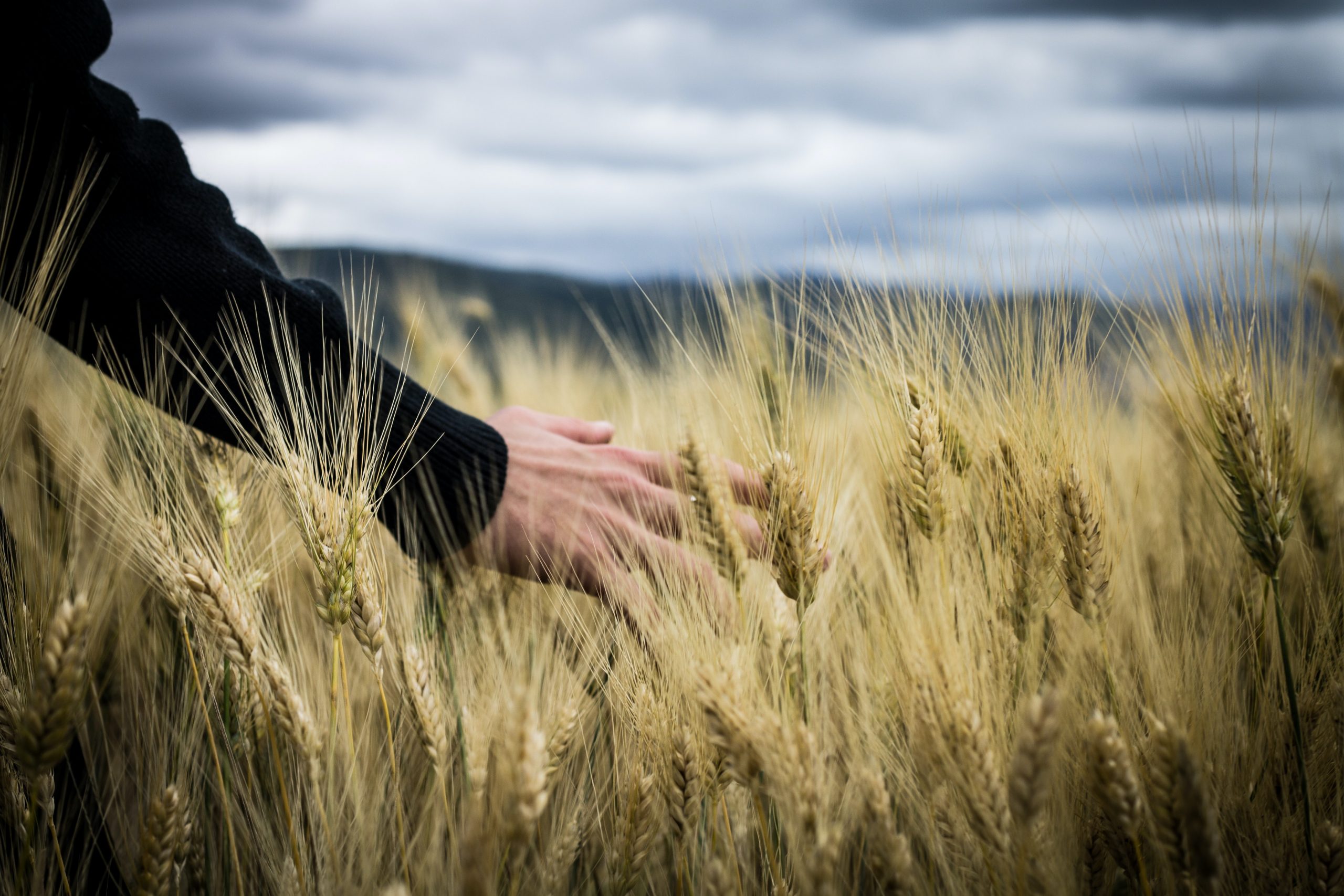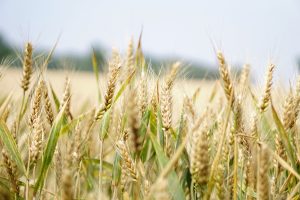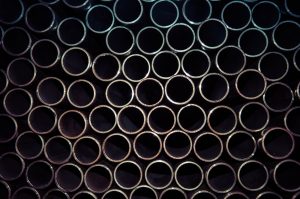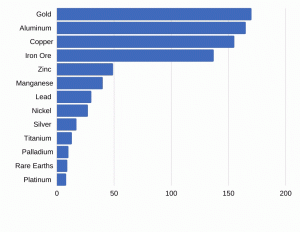[vc_row][vc_column][vc_column_text]Physical Trading, also widely referred to as commodity trading is the day-to-day buying and selling of commodities from manufacturers to consumers or processors based on economic trends. As simple as this explanation may read, the process on-field includes several layers of rigorous functions that demand synchronization and thorough supervision from manufacturers.
Owing to the commodities marketplace being highly volatile, traders utilize futures contracts and hedge options to predict the price movements and product demand of commodities. The profit margin for commodity traders is often corelated to the price fluctuations between locations and product quality. As a result, commodity traders these days optimise their trading expertise with advanced ERP or CTRM applications to receive real-time insights and maximise profits. In addition, the success of such businesses also relies on the economies of scale and an efficient banking infrastructure.
Commonly, commodity traders trade in agricultural goods, oil & natural gas, and precious metals – with some also trading soft commodities like sugar, coffee and cotton. It is also worthwhile noting how some traders provide related services such as bunkering, inventory management and insurance.
Agricultural Commodities
With over 20% of the world’s population working in this sector, trading of agricultural goods such as grains, coffee, sugar, legumes, fertilizers etc. has been prevalent for thousands of years. According to United Nations’ Food and Agriculture Organization this industry is valued at more than USD 2.4 trillion. With the rising population and advances in technology & transport, this figure is expected to continue flourishing in the coming years.
Oil & Natural Gas
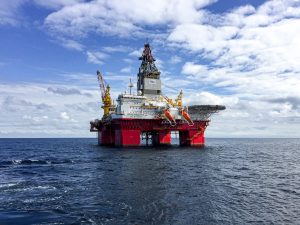 Alongside oil & natural gas, this sector also comprises of other energy products such as coal, refined by-products of oil, and power. According to Oil & Gas IQ, it is estimated that over 30 billion barrels are utilised worldwide per year. By 2030, the demand for oil is expected to account for 36.5% of the total energy consumed and gas by 27%. However, some reports suggest the rising popularity of greener alternatives may result in the oil & gas industry experiencing a decline by 53% by 2050. Amidst this, here’s how manufacturers can cope with oil price crisis and optimise operations.
Alongside oil & natural gas, this sector also comprises of other energy products such as coal, refined by-products of oil, and power. According to Oil & Gas IQ, it is estimated that over 30 billion barrels are utilised worldwide per year. By 2030, the demand for oil is expected to account for 36.5% of the total energy consumed and gas by 27%. However, some reports suggest the rising popularity of greener alternatives may result in the oil & gas industry experiencing a decline by 53% by 2050. Amidst this, here’s how manufacturers can cope with oil price crisis and optimise operations.
Metals
The metal trade is categorised as base (Aluminium, copper and tin), precious (gold, silver and platinum), and Ferrous (Iron ore and Steel). According to Statista, in 2019 gold, aluminium, copper and iron ore were amongst the metals with the highest market size worldwide.
Market size of selected metals worldwide as of August 2019 (in billion U.S dollars) (Source: Statista)
With the future of commodity trading moving digital, we have offered several commodity traders assistance with Robo-commodity – an advanced ERP solution for commodity trading that encapsulates end-to-end business processes on a single platform.
In case you need any assistance or advise on optimising your business digitally, speak to us today![/vc_column_text][/vc_column][/vc_row][vc_row][vc_column width=”1/6″][/vc_column][vc_column width=”2/3″ css=”.vc_custom_1569490505427{border: 2px solid #dd9933 !important;}”][vc_column_text]
Get a 30 Minute Free Consultation!
[/vc_column_text]
